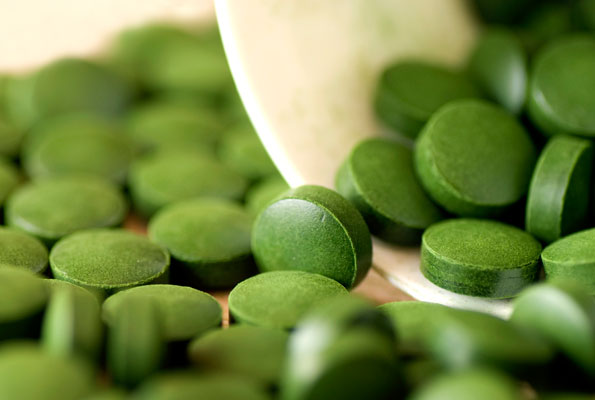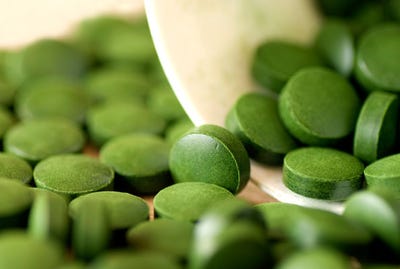
 There have been some concerns flying about the internet related to heavy metal contents in chlorella—you know, the single-cell-high-in-protein-nutritionally-dense green algae—specifically product sourced from China, particularly aluminum. Of course not all heavy metals are considered toxic, and only a few are listed under California’s Prop 65 as potentially carcinogenic or causing reproductive toxicity, including arsenic, cadmium and lead. When sourcing chlorella for your products, you should be sure your supplier is indeed batch testing for these metals. But what about Aluminum? Are concerns myth or reality?
There have been some concerns flying about the internet related to heavy metal contents in chlorella—you know, the single-cell-high-in-protein-nutritionally-dense green algae—specifically product sourced from China, particularly aluminum. Of course not all heavy metals are considered toxic, and only a few are listed under California’s Prop 65 as potentially carcinogenic or causing reproductive toxicity, including arsenic, cadmium and lead. When sourcing chlorella for your products, you should be sure your supplier is indeed batch testing for these metals. But what about Aluminum? Are concerns myth or reality?
This metal has appeared in concentrations of 29 ppm in chlorella sampled from a supplier in China. Is this something to be concerned about?
A supply Myth Busters installment: heavy metals in chlorella?
The USP (United States Pharmacopeia) lists limits allowed for all heavy metals, even those nutritionally-required by humans, and FDA does not regulate aluminum levels in foods. USP oral limits for aluminum are lower than the nutrients zinc, strontium, iron, manganese and boron.
USP established limits for aluminum consumption are 50,000 micrograms or 50 milligrams per day. Understand that ppm (parts per million) is a percentage measurement—you don’t eat ppm, you eat a quantity.
So just how much chlorella would you have to consume for aluminum to be a concern? Let’s do the math:
29 ppm could be viewed as 29mg/kg within a dosage of 3 grams. To reach the daily oral exposure limit for aluminum (as stated 50 mg/day), one would have to consume 1.5 kilograms of chlorella daily! A single 3 gram dose of chlorella would contain only 99 micrograms, more than 500 times below the 50 milligram exposure limit. Or put another way, an entire 300 tablet box of 200 mg/tab (equal to 60 milligrams of chlorella total) contains an entirety of less than 2 mg aluminum —less than 25 times below the limit, if you ate the entire box in one day!
Truth is, aluminum is the most abundant metal on earth. Dietary aluminum is everywhere. We are constantly exposed. Our food comes in contact with aluminum from foil and cookware. We consume softdrinks, juice and beer from beverage cans made from 92–99 percent aluminum. According to the World Health Organization, aluminum salts are widely used in water treatment as a coagulant to reduce organic matter. U.S. water contains an average of 160 micrograms per liter. The EPA has recommended a Secondary Maximum Contaminant Level (SMCL) of 50–200 micrograms/per liter for aluminum in drinking water. This is double the amount of aluminum one would get from that daily 3 gram serving of chlorella—assuming one drinks ONLY 1 liter of water per day.
Reality: The amount of aluminum found in chlorella is lower than found in many foods and drinking water, does not pose a health threat, and falls well below any regulatory agencies “maximum” allowable level (EPA, EFSA and USP).
Myth: BUSTED!
About the Author(s)
You May Also Like




